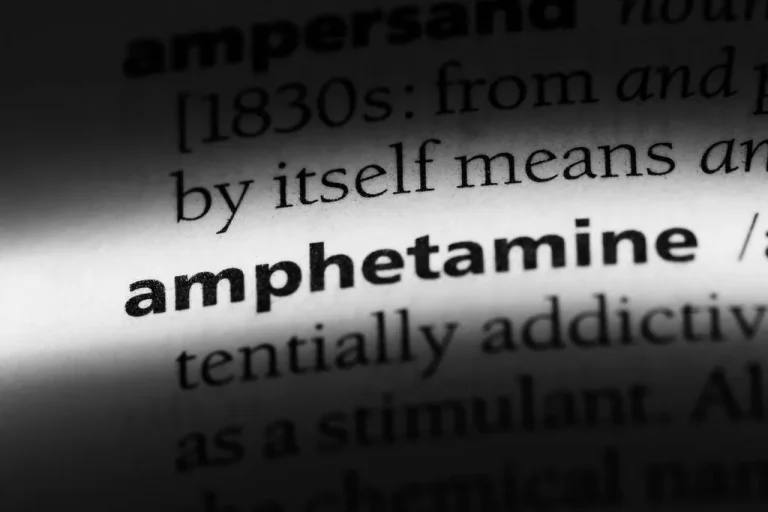
The alterations in brain activity may be due to shifts in levels of the brain chemical gamma-aminobutyric acid or GABA. Imaging such as chest X-rays (CXR) of cardiopulmonary systems was performed to rule out underlying etiologies related to cardiopulmonary systems, such as infections (pneumonia). An electrocardiogram (ECG) was also performed to rule out cardiovascular etiologies. In contrast, brain imaging, such as an MRI of the brain without contrast, was used to rule out any cerebrovascular accidents (CVA), epilepsies, delirium, and space-occupying lesions in the brain. Before the patient’s hospitalization, he reported having an eye exam within normal limits. HPPD has been included in the DSM, the bible of psychological diagnoses, since 1987.
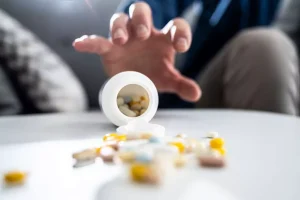
Substance-Induced Psychotic Disorder
For example, someone with HPPD may see colors more intensely or notice halos of different-colored light around objects. Objects might also appear either too big (macropsia) or too small (micropsia). Auditory experiences, like loud music at a concert, may be more intense hppd treatment than normal. Flashbacks are common in people with posttraumatic stress disorder (PTSD). In PTSD, the flashbacks take over many of your senses at once and enhance your feeling of being in the past. In very rare cases, people have had HPPD without ever having taken a hallucinogenic drug.
Mod Post: Posts About Using Drugs
While the drugs may provide these benefits, they can also cause side effects, including hallucinogen persisting perception disorder or HPPD. Read on to learn more about this disorder and what can be done to treat it. The use of psychedelics and subsequent development of HPPD is not well understood due to under-research. Still, commonalities emerge among those who identify as having the disorder, such as similar symptoms and drugs used before the onset of symptoms.
How Can People With HPPD Disorder and Their Families Cope With the Condition?
We consider research into the role of attention a priority in this context. Finally, future research should focus on the prognostic implications of co-morbid psychiatric symptoms and disorders (and the effects of treating these first or concurrently) on the development and course of HPPD. Findings may even help to augment the historical distinction of type I vs. type II HPPD, which would, rather than being based on a mere retrospective assessment of outcomes, be formulated in diagnostic terms.
Hallucinogens & Psychedelics
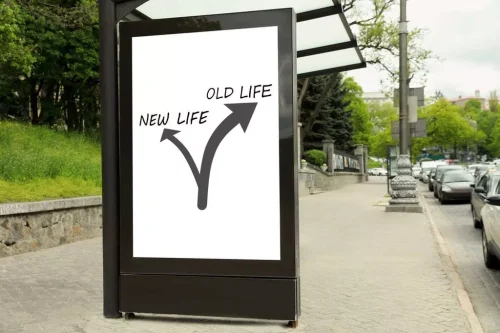
Some medications may help reduce HPPD symptoms, though results vary from person to person. Clonazepam, a benzodiazepine, has shown promise in reducing visual disturbances and anxiety. Selective serotonin reuptake inhibitors (SSRIs), commonly used for depression, may sometimes worsen symptoms, so medication choices should be made carefully with medical supervision.
- In today’s digital age, social media has become a significant part of many people’s lives, …
- Lamotrigine is a widely used antiepileptic and mood-stabilizing drug which acts by blocking sodium and voltage-gated calcium channels and inhibiting glutamate-mediated excitatory neurotransmission.
- It’s unclear how many people experience this condition because people with a history of recreational drug use may not feel comfortable admitting this to their doctor.
- He also reported intrusive thoughts in his head and believed his symptoms may be related to LSD.
- Obviously, treatment of HPPD should also involve abstinence from all substances of abuse, stress reduction and treatment of comorbidities (depression, anxiety, and less often, psychosis).
In both cases of HPPD type II after the use of ecstasy, the condition was very stressful and frightening. Both patients sought medical help and received tofisopam, lamotrigine and sertraline. After that, in both cases visual impairments have smoothed, but have not passed completely. Scientific sources suggest that HPPD may affect more than 50% of hallucinogen users and this disorder is often underdiagnosed.
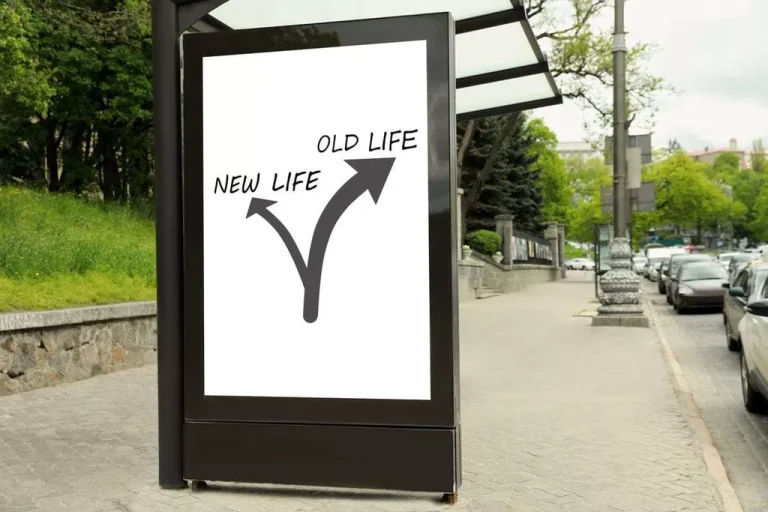
Each single dose was probably limited to 100 µg and consumed in a peer group setting. She also used marijuana for relaxation and occasionally experimented with ecstasy, psilocybin mushrooms and ketamine. Suicide has been noted in patients who do not receive an accurate diagnosis and comprehensive treatment early in the process.
Phenomenology of the HPPD Symptoms Reported on
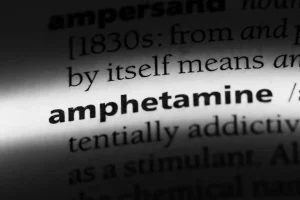
Gigi Price holds licenses as a Master Social Worker and Halfway house Clinical Drug Counselor. She completed her master’s degree in Social Work at Texas State University. Over the last decade, Gigi has been dedicated to utilizing evidence-based practices to enhance patient care and treatment planning, resulting in positive, long-term outcomes for patients and their families. Her passion lies in creating a treatment environment where professionals collaborate to bring about positive change and provide a safe, trustworthy therapeutic experience. Patients can be confident in receiving top-quality care under her leadership. Yes, systematic reviews exist that analyze the treatment of Hallucinogen-Persisting Perception Disorder, evaluating various therapeutic strategies and their effectiveness.
- Regardless, every perceptual symptom that was experienced during intoxication may re-occur following hallucinogen withdrawal.
- Common symptoms include flashbacks, nightmares, and intense anxiety related to the trauma.
- We consider research into the role of attention a priority in this context.
- When recommending a drug whether it is a legal OTC (over the counter) or prescription drug- it must relate to HPPD and be beneficial with numerous user reports or documented scientific studies.
- The subject is usually aware of the unreality of their own experience.
How to Differentiate Between Major Depressive Disorder and Hallucinogen Persisting Perception Disorder
You may feel a vague sense of unpleasantness, but the episode doesn’t typically make you lose control or function. Episodes of type 1 HPPD don’t come back as often as type 2 episodes typically do. Focal epilepsy, a condition that affects the nervous system, causing seizures on one half of your brain that lead to hallucinations, flashing bright lights, or other visual changes. Trying mindfulness, yoga, or meditation may help to reduce stress and anxiety.

